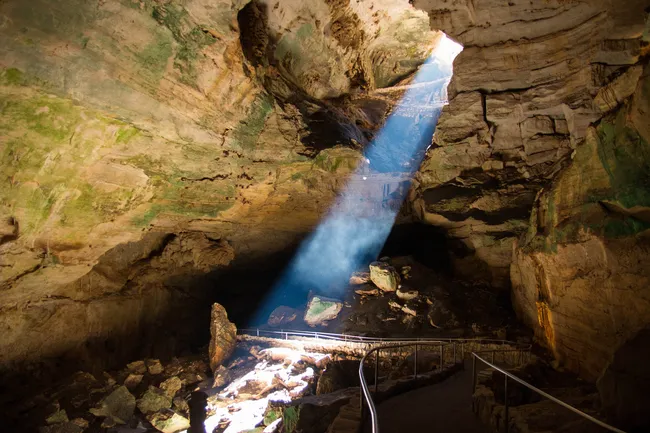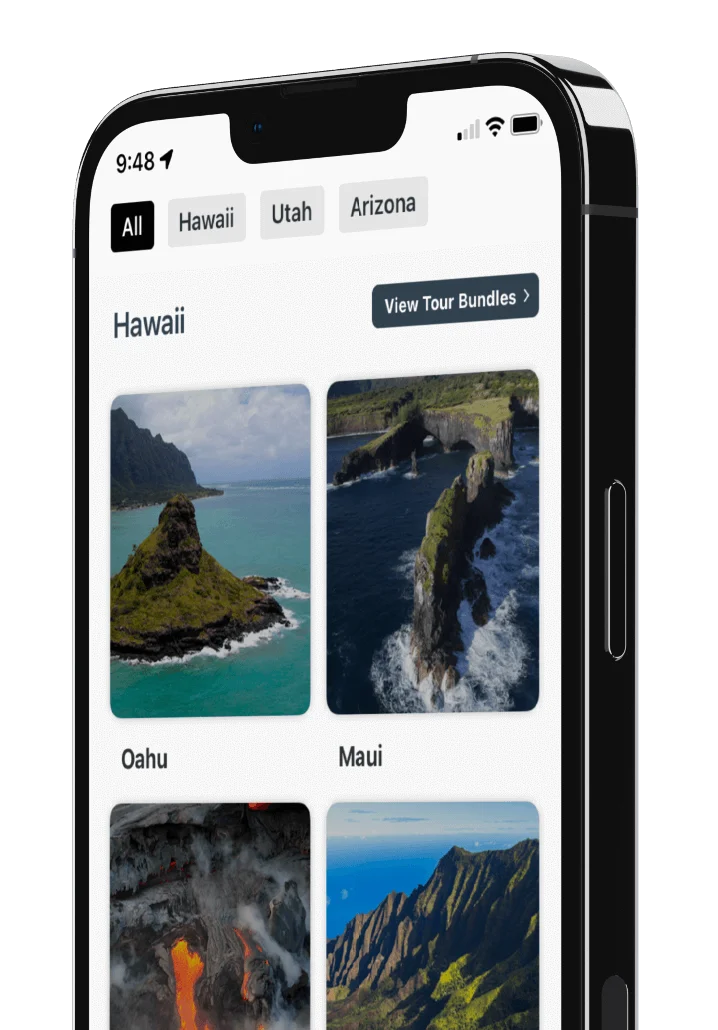
Guano Mining - A Carlsbad Caverns National Park Story

[Transcript]
Discovery of Guano

So, where were we? Ah yes, guano, also known as bat poop. During that time, nitrate-rich guano was one of the best fertilizers you could find. Well, word got out about these caverns near the town of Carlsbad and the incredible amount of guano.
And that word reached the ears of a man named Abijah Long. Abijah had moved to Carlsbad from Central Texas with his family and was a budding entrepreneur. Story goes that he was running a saloon when he heard about the guano.
So, he asked Jim to take him inside. And sure enough, Abijah liked what he saw.
The Math of Guano
Now, let's just take a second to consider some math.
According to experts, the average bat relieves itself around 25 times a day. And the main species of bat that lives in the cave, the Brazilian free-tailed bat, lives for about a decade. So, we're looking at over 90,000 little pellets of poop for every bat.
Now, multiply that by hundreds of thousands of bats over however many thousands of years and, well, you get the picture. Or maybe you can smell it. Well, for someone like Abijah, it smelled like money.
Abijah Long's Claim
So, he filed a claim for a mine. And he hired Jim to work as the foreman of operations. Jim was now a cowboy spelunker guano miner.
For what it's worth, Abijah not only filed a claim for a mine, but he also claimed to discover the cave. But the more common version of this tale says that Jim found the cave first. Either way, guano mining operations began in the 1903, five years after Jim first came to Carlsbad Cavern.
Guano Mining Operations

Miners loaded up sacks with guano and then sent them up to the surface using a giant bucket and a winch. And by the by, it was that same bucket that the miners used to get in and out of the cave. Ew.
That's right. That guano would then be hauled to Carlsbad and then sent by rail car to market, including the citrus fields way out in Southern California. So, if you were an orange juice drinker in the 1910s, you could thank the good bats of Carlsbad Cavern for all that liquid vitamin C. Well, as a guano miner, Jim got to spend more time in the cave, which is what he really wanted.
During his breaks and after work, he'd strike off into a new direction in search for more tunnels.
Jim's Evolving Role
Jim continued working as a guano miner and exploring the caves for 20 years. He cleared rudimentary paths through the tunnels and eventually he began showing people around.
Now, in his early 40s, Jim was a cowboy spelunker guano miner tour guide. For a third grade dropout, he was really racking up quite the resume. Pictures of Jim at this time often show him wearing a tall cowboy hat.
So, let's pause on that image and finish Jim's story later when we leave the park. In a moment, I'll point out the turn for Carlsbad Caverns.
Ready to take the tour? Check out Shaka Guide's Carlsbad Caverns National Park Tour!
We hope that we’ve given you all the information you need to make the most of your day. Your vacation is extremely important to us so if you have any questions feel free to reach out at aloha@shakaguide.com.
For more detailed information to help you plan, check out our Carlsbad Caverns National Park Itinerary and Know Before You Go article.

 Buy Gift Card
Buy Gift Card
















